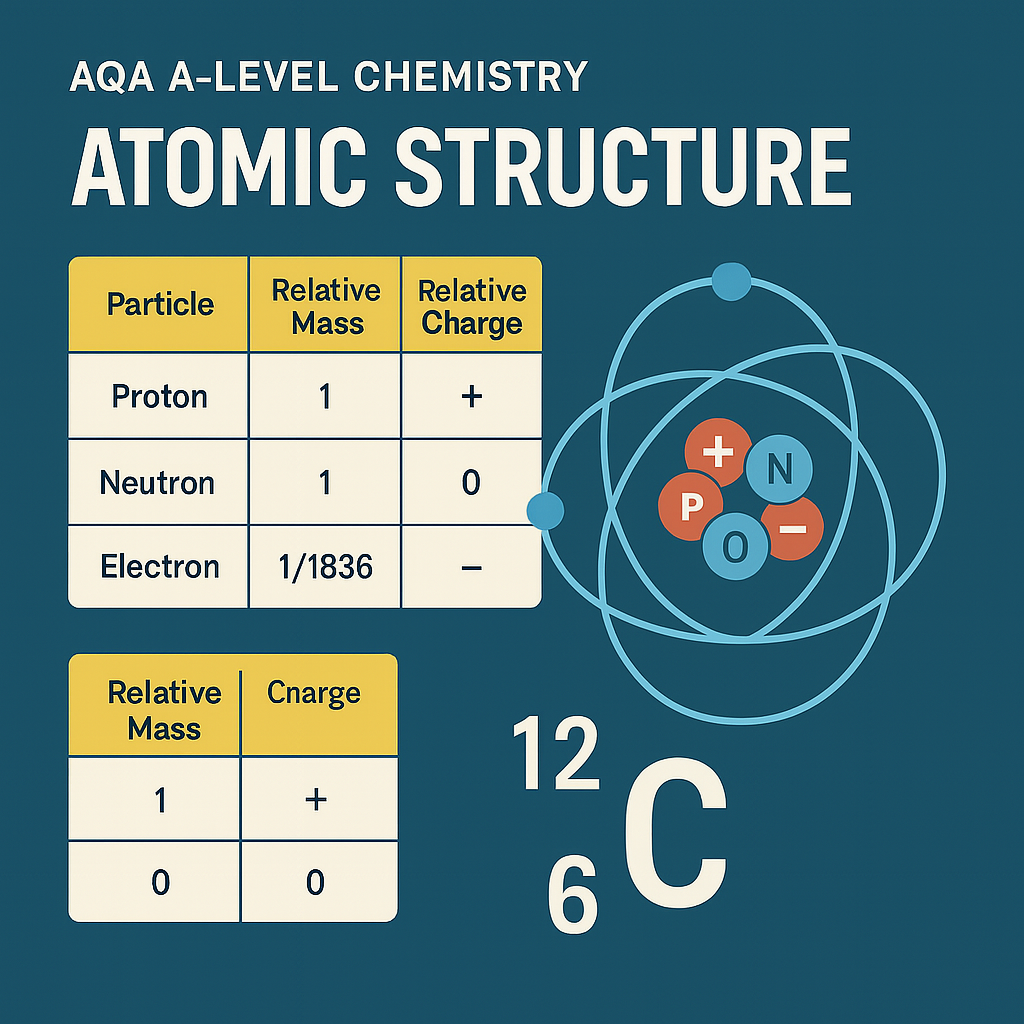Cramming vs Spacing in A-Level Chemistry: What the Science Says (and What Students Get Wrong)
Cramming gives the illusion of learning. Spacing creates real, durable knowledge.
Last-minute revision might feel productive—but is it helping or hurting your Chemistry grade?
We’ve all done it. The exam is looming, and suddenly you're powering through 8-hour revision sessions, binge-watching videos, and cramming past papers in a panic.
It might feel productive, but science tells us it’s not the best strategy. In this blog, we’ll explore why spaced revision (or “spacing”) consistently outperforms cramming, especially for A-Level Chemistry.
What is cramming?
Cramming means trying to learn a lot of information over a short period—often right before an exam.
Key features of cramming:
Long, exhausting sessions
Passive revision (rereading, highlighting)
Short-term memory boost
High stress
Fast forgetting
What is spaced practice (or distributed learning)?
Spacing means breaking revision into shorter, spaced-out sessions over time. It involves revisiting topics repeatedly to strengthen memory.
Key features of spacing:
30–60 minute sessions
Material reviewed multiple times
Lower stress, higher retention
Ideal for long-term understanding
Why spaced practice beats cramming every time
Long-term recall is significantly better
Reduces cognitive overload
Improves performance across multiple topics
Gives time for sleep-based consolidation
Encourages active recall and interleaving
What research says about spacing
Cepeda et al. (2006): Spaced learning improves retention by up to 200%
Dunlosky et al. (2013): Spacing is among the most effective learning strategies
Kornell & Bjork (2008): Students underestimate spacing—even after seeing results
Cramming vs Spacing in A-Level Chemistry
Here’s how they compare:
| Feature | Cramming | Spacing |
|---|---|---|
| Session Length | 3–8 hours at once | 30–60 mins over time |
| Memory Retention | Low | High |
| Stress Level | High | Low |
| Retention After 1 Week | Poor | Strong |
| Best For | Short-term recall | Deep understanding |
Why spacing is perfect for Chemistry
Chemistry is cumulative—you need to remember Year 12 topics for Year 13 exams
Topics are linked across papers (e.g. energetics, redox, rates)
Spacing strengthens connections and encourages application, not just memorisation
Why students still cram (even though they shouldn’t)
It feels productive in the short term
It gives a false sense of confidence
It’s what “everyone else” is doing
It fits around deadlines and panic, not a plan
How to switch to spacing—even if exams are soon
Week 1–2:
2–3 short chemistry sessions a day
Focus on one topic per session
Use active recall + flashcards
Week 3–4:
Rotate Paper 1 and Paper 2 topics
Start full paper walkthroughs in spaced blocks
Continue reviewing old topics every few days
Week 5–6:
Prioritise harder content and past paper corrections
Keep revisiting topics that gave you trouble
Light review and confidence-boosting practice
How to make spacing work even better
Combine spacing with:
Active recall (flashcards, blurting)
Practice testing (past paper questions)
Interleaving (mixing topics per session)
Self-explanation (teach it back to yourself)
This builds long-term memory and exam confidence.
A real student’s experience
“I used to revise 8 hours the weekend before every test and still forget everything. When I switched to doing 30 minutes a day with a checklist and spaced flashcards, I started getting As. I remembered more with less stress.”
– Ruby, A-Level Chemistry student
Spacing is more sustainable
Spaced revision feels less intense, but it leads to better:
Retention
Understanding
Exam performance
Mental health
It’s a system, not a sprint.
Final thoughts: cram less, recall more
Cramming gives the illusion of learning. Spacing creates real, durable knowledge.
For a subject like Chemistry—with multiple papers, complex problem-solving, and layers of content—you need to revise like a scientist: through small experiments, repeated trials, and spaced repetition.
Want help creating a spaced revision plan for A-Level Chemistry?
Dr Marguerite Quinn is an experienced Chemistry tutor with a PhD and over 3,470 hours of one-to-one teaching experience. She helps students master the syllabus through tailored revision strategies and active recall techniques.
Book a 15-minute consultation today with Dr Marguerite Quinn





Understand AQA A-Level Chemistry Section 3.1.1.2 on mass number and isotopes. Learn key definitions, isotope notation, calculations, and how this topic builds your scientific and exam skills.